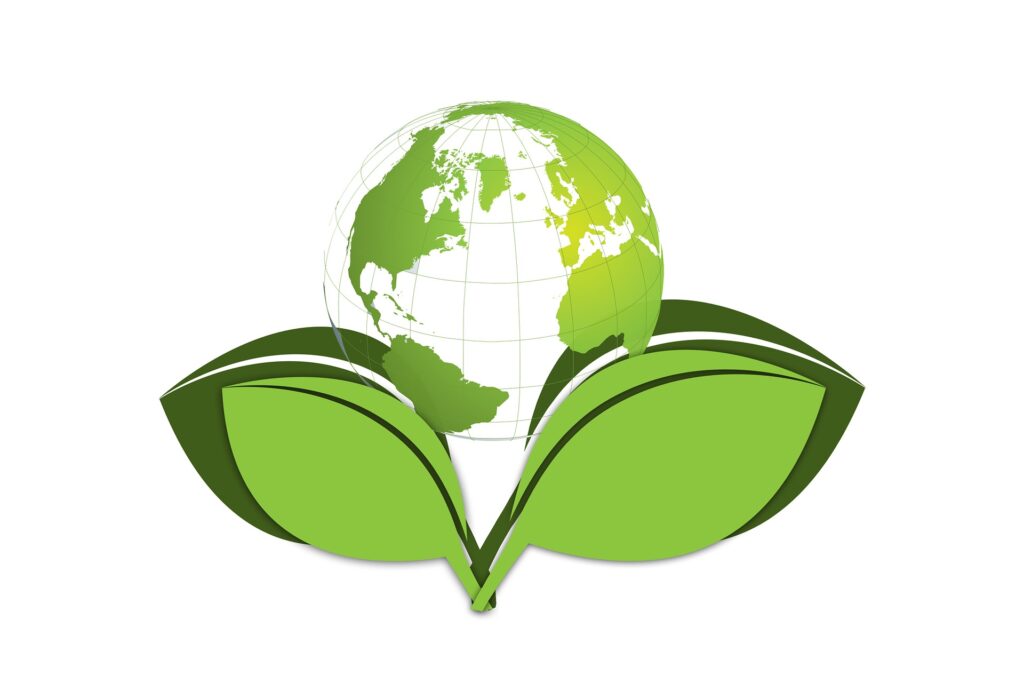Environmentally Friendly Attic Insulation Options?
Nowadays, making eco-friendly choices is more important than ever. Our planet needs our help, and one way we can make a difference is by selecting greener options in our daily lives, like environmentally friendly attic insulation for our homes.
A well-insulated attic helps keep our homes cozy and energy-efficient, which is not only good for our wallets but also for the environment. In fact, home insulation can significantly reduce our energy costs.
In this article, we’ll explore how insulation helps the environment, signs your attic might need new insulation, how the insulation materials you choose can impact the environment, and some eco-friendly insulation options, like cellulose insulation and recycled denim insulation.
How Insulation Helps the Environment
A well-insulated attic helps keep your home warm in winter and cool in summer. This means you’ll use less energy to heat and cool your home, which not only saves you money on your energy bill but also reduces the strain on our planet’s resources.
By using less energy for heating and cooling, we also lower the amount of greenhouse gas emissions released into the atmosphere. These gases contribute to climate change, so reducing them is essential for the health of our planet.
When we save energy, we also conserve natural resources like coal, oil, and gas. These resources take a long time to replenish, so using them wisely is crucial for future generations.
Signs Your Attic Needs New Insulation
If you notice your energy bills creeping up, it could be a sign that your attic insulation is no longer effective. Inefficient insulation, like fiberglass or outdated materials, forces your heating and cooling systems to work harder, which uses more energy and costs you more money.
Do you feel chilly in some rooms and too warm in others? Uneven temperature distribution can be a sign that your attic insulation needs an upgrade, such as a higher R-value insulation or a different form of insulation.
Pests like rodents and insects can damage your insulation, reducing its effectiveness. If you’ve had a pest problem in your attic, it’s a good idea to check your insulation for damage and consider switching to a more pest-resistant type of insulation.
Insulation can lose its effectiveness over time. If your insulation is more than 15-20 years old, it might be time for a replacement, like upgrading from fiberglass insulation to a more eco-friendly option.
How the Insulation Materials You Choose Can Impact the Environment
Some insulation materials, like fiberglass and foam, are made from non-renewable resources. Choosing materials that come from renewable or recycled sources, like cellulose insulation or recycled denim, can help reduce your environmental impact.
The production of some insulation materials involves harmful chemicals that can damage the environment and pose respiratory risks for homeowners. Opting for eco-friendly insulation, like cotton insulation, can help minimize the negative effects on our planet.
Manufacturing and transporting insulation materials can produce a significant amount of greenhouse gas emissions. By choosing locally produced, eco-friendly insulation, you can reduce your carbon footprint.
Eco-Friendly Insulation Options
Some insulation products are made from recycled materials like denim, cellulose, or even newspaper. These options not only reduce waste but also help conserve natural resources. Cellulose insulation, for example, often contains boric acid as a fire retardant and is made from recycled newsprint.
Insulation made from natural fibers like sheep’s wool or cotton is renewable, biodegradable, and often has a lower environmental impact than synthetic materials, like polystyrene or fiberglass.
While traditional spray foam insulation can be harmful to the environment, there are eco-friendly alternatives available. Look for products that use water-based or plant-based foams to minimize their environmental impact.
How you install your insulation can also make a difference. Opting for professional installation can ensure it is installed correctly and efficiently, maximizing its environmental benefits.
The Importance of Insulation Maintenance and Health Benefits
Maintaining your attic insulation is essential for its effectiveness and longevity. Regularly checking for moisture or mold growth can help you address any issues that may compromise your insulation’s performance. Make sure to look for signs of wear and tear or settling, which can also affect your insulation’s R-value and energy efficiency.
In addition, proper insulation can help reduce noise pollution in your home by acting as a sound barrier. This can make your living space more comfortable and peaceful, leading to an overall better quality of life.
By maintaining your insulation and choosing environmentally friendly materials, you can improve the efficiency of your home, save on energy costs, and enjoy a healthier living environment.
Who Installs Attic Insulation Near Me?
Choosing eco-friendly attic insulation, like wool insulation or aerogel, is an important way to help our planet. By selecting greener options, we can reduce our energy consumption, decrease greenhouse gas emissions, and conserve natural resources.
At Attic Pros, we encourage you to consider the environmental impact of your insulation choices. Choose materials made from recycled or renewable sources and opt for eco-friendly alternatives whenever possible, such as insulation products made from recycled glass.
We can also advise you on the best fire resistant insulation options for extra safety to protect your family and home.
By choosing environmentally friendly insulation options available from your local insulation installers, you can make a positive impact on our planet. Let’s work together to create a greener, more sustainable future for generations to come. Insulate your home with care and help us reduce our collective carbon footprint.
Remember, important factors to consider when choosing insulation include its thermal resistance, ability to absorb moisture, and the material it’s made from. The more we prioritize environmentally friendly insulation, the more we contribute to a healthier planet.

